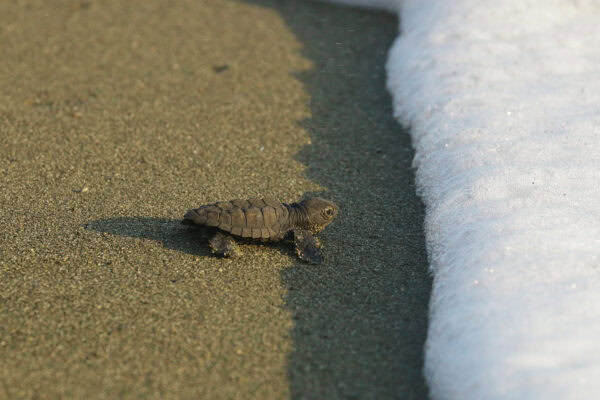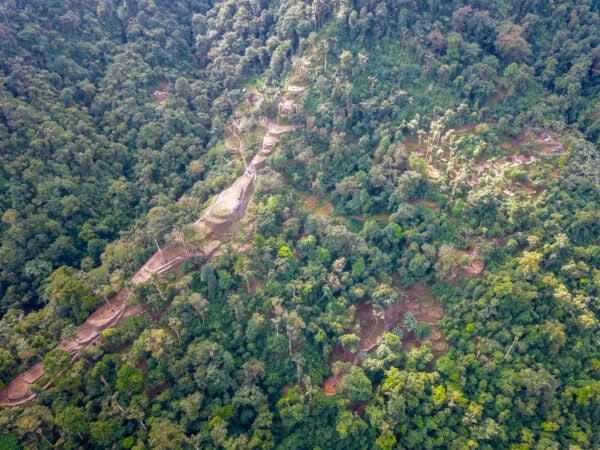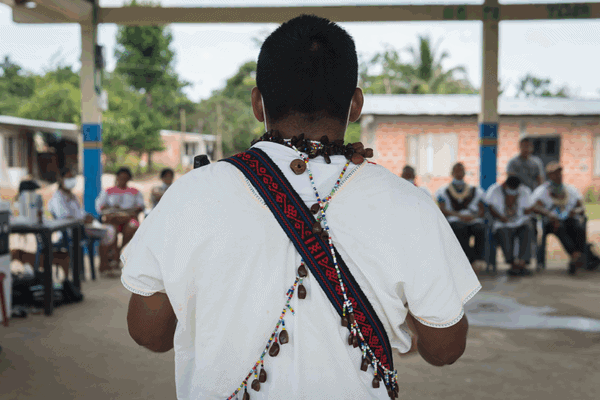Why we founded the Amazon Conservation Team 25 years ago
Where conventional conservation efforts tried to preserve ecosystems by effectively walling them off from local inhabitants, we knew that people—in particular, indigenous people—were the best protectors of their territories.
LILIANA Madrigal, co-founder & vice president of the amazon conservation team
In 1995, I was facing a crisis alongside my husband, Mark Plotkin. We were in conservation jobs that were comfortable and reliable, yet it seemed to us that the organizations we worked for were drifting away from their missions. Management had become more corporate. Field projects were going unfunded while lavish amounts of money were spent on high-profile events. The bureaucratic “planning meetings” were like hamster wheels that generated mounds of paper but little else. We felt our values and integrity compromised as participants in this “green” machine.
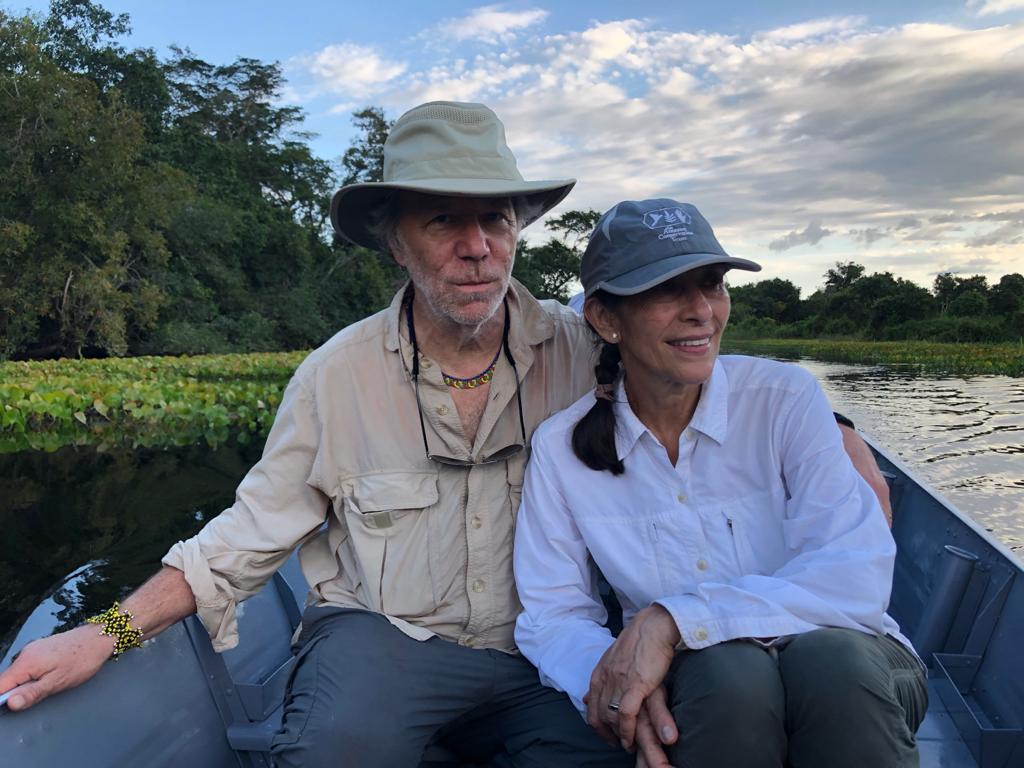
Upon much reflection, we walked away. Yes, we were idealistic. We had no plan for what would come next, and we did not know how we would provide for our two daughters. But one evening in October of that year, we got a call from a supporter. He urged us to continue our conservation work; in fact, he insisted on it. That was the encouragement we needed. We began what became a series of rewarding, though sometimes painful, changes in our lives.
What was our vision when we began? We wanted our new organization to push the boundaries of what non-profits could accomplish, and we wanted to work as a team. Where conventional conservation efforts tried to preserve ecosystems by effectively walling them off from local inhabitants, we knew that people—in particular, indigenous people—were the best protectors of their territories. This conviction, as we were to learn, would be seen as wild dissent.
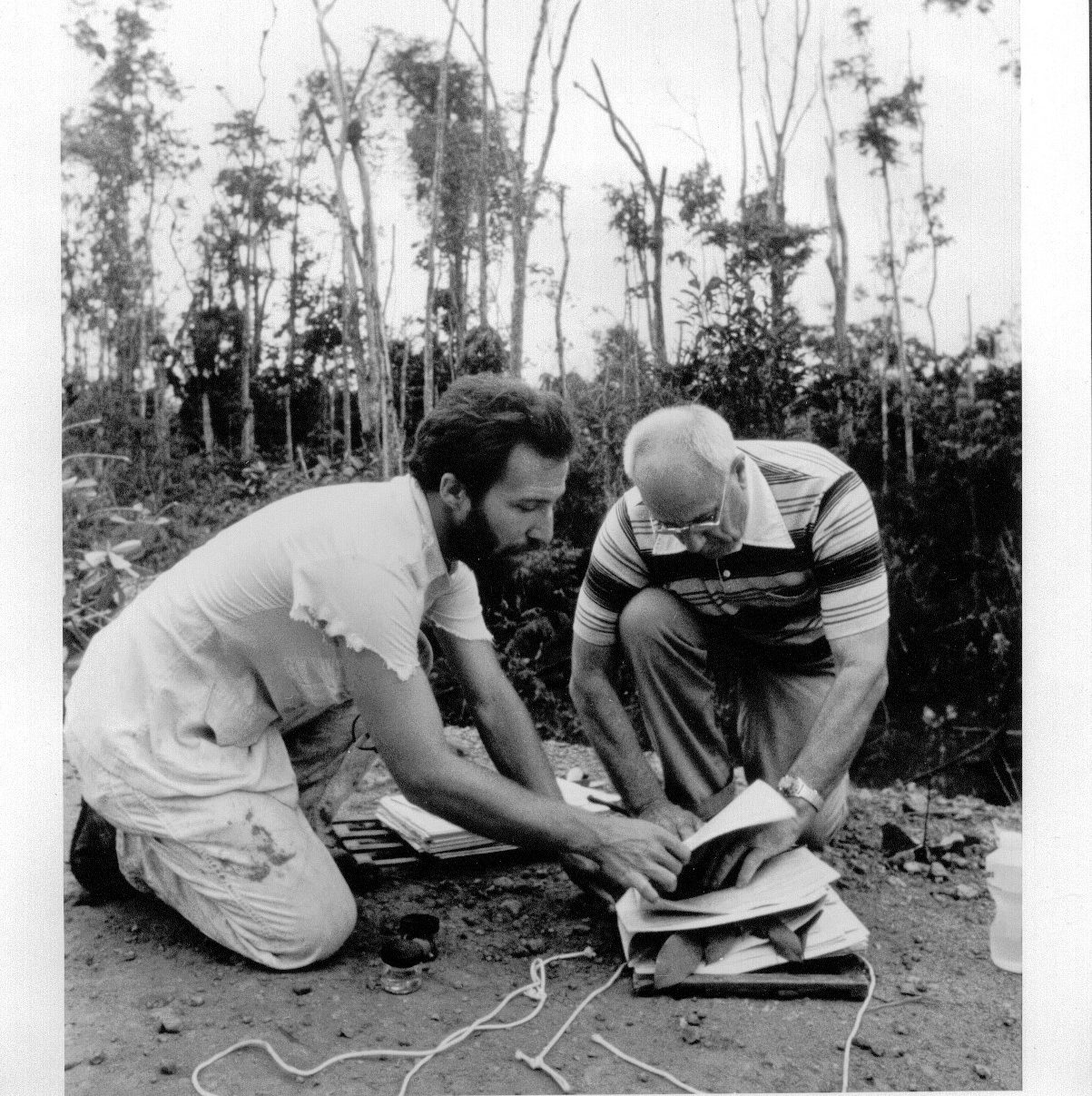
Inspired by the mentorship of Richard Evans Schultes, we laid out our guiding principles: we would work with indigenous communities; we would rely on traditional knowledge and elders to guide our decisions; we would make the fight for ancestral land rights central to our work. We also made a firm commitment to accept donations only from sources whose values aligned with our ideals.
In 1996, we officially launched as the Ethnobiology and Conservation Team. We recruited some of the best biologists, physicians, filmmakers, and anthropologists—intrepid, tenacious, eager people who had vast experience in the field and who, like us, rejected the prevailing models of conservation. All disciplines had to have an “ethno” focus (i.e., the people part of the equation); thus Michael Goulding was working on ethno-ichthyology, Adrian Forsyth on ethno-entomology, Mark Plotkin on ethno-botany, Gary Nabhan on ethno-agriculture, and so on. Projects spanned from Argentina to Australia, Costa Rica to Mexico, Colombia to Suriname. It was incredibly ambitious, and somewhat naïve. We faced rejections from funders who were immersed in the prevailing models of conservation, many of whom thought that working with indigenous people was not a sound idea.

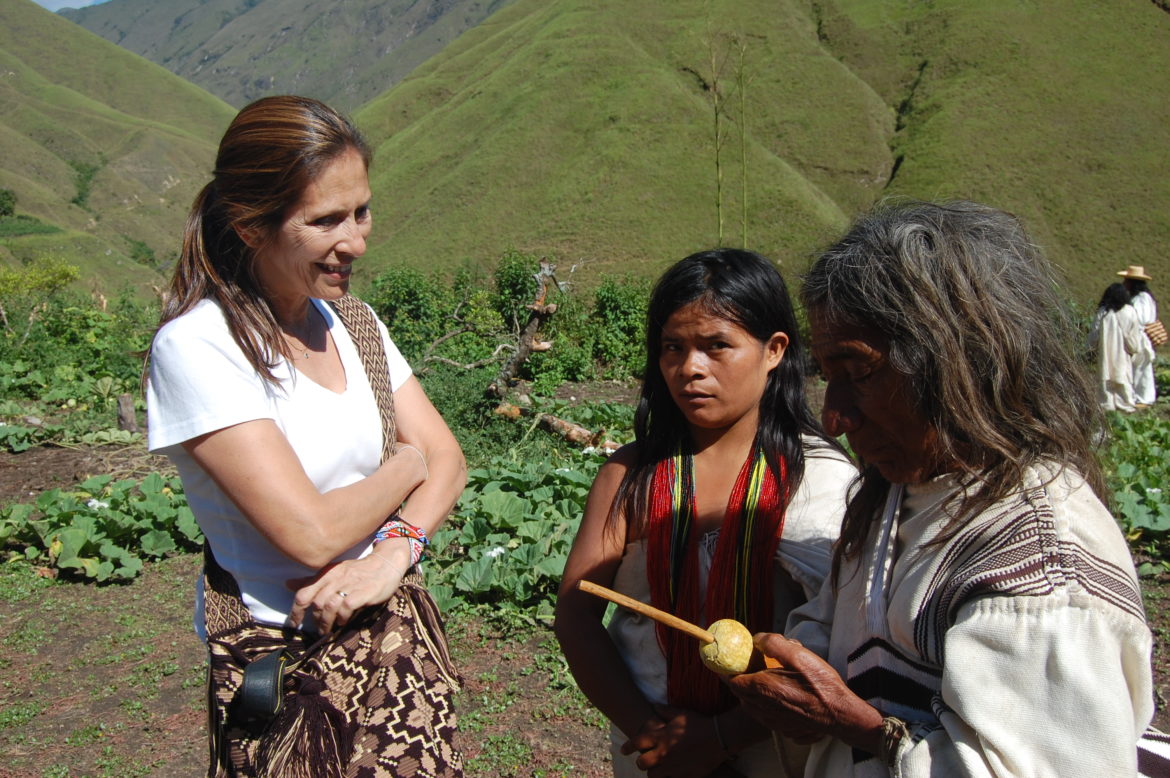
In 1999, we decided to scale back and focus on one of most important ecosystems on the planet: the Amazon and its ancestral communities. But the human part of the equation was still misunderstood by the world of conservation at large, so we knew we had to co-create models of how to integrate indigenous communities into effective and sustainable conservation efforts. We also knew we had to help restore these communities, which were weakened after centuries of extraction, globalization, and damage. For those first few years, we worked to establish trust, to demonstrate our willingness to listen, to adapt our own beliefs. Conservation, if understood in its entirety, requires a holistic approach and a commitment that stretches over decades.
Mark and I now find ourselves leading the Amazon Conservation Team (ACT), twenty-five years into that same commitment. We are still a team, working with some of the most dedicated and brilliant conservationists on the planet, an outstanding board, and funders who have stood with us through some difficult times. Elders, healers, leaders, organizers, and youth from indigenous and African diaspora communities with intimate connections to their ancestral forests are integrated into our organization. We have created a number of effective conservation models and cultural recovery models that we share with all who ask. We have pushed boundaries, as we had envisioned from the outset, and our work is expanding in ways we would never have predicted.
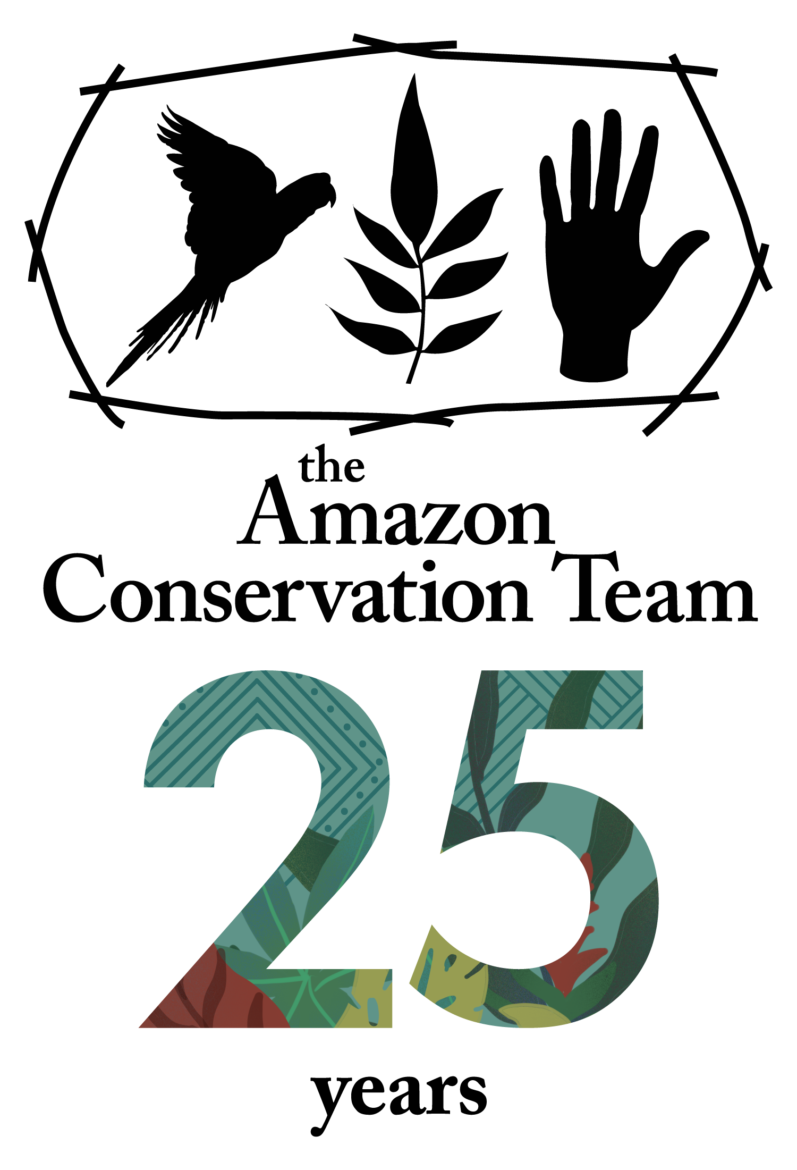
And so on February 25, we began a yearlong trip down memory lane. We will share with you some of the most emblematic images, ideas, and accomplishments of our twenty-five years in the field. We wish we could enumerate and do justice to all the small successes along the path, which laid the groundwork for the grand milestones of our work.
Why did we launch our anniversary celebration on February 25? Because it is the birthday of the Alto Fragua Indi Wasi National Park—meaning “The House of the Sun”—in Colombia, which was a major conservation achievement for ACT and our indigenous partners. Aside from Indi Wasi’s incredible biological importance, the origins of its protected status are profoundly significant. Our Inga partners told us they wanted this land protected and they, in essence, dreamed it into being against formidable odds. Our success gave us the impetus we needed to follow our own instincts and the aspirations of our indigenous partners.
We know now that it is possible to forge alliances between indigenous and western concepts of conservation. Indeed, it may be what is necessary to change the course of our world for the better. We invite you to join us as we retrace our steps, reflect on the dramatic challenges the world is facing—pandemics, climate change, resource extraction—and share how ACT intends to adapt in partnership with our indigenous partners, supporters and friends.
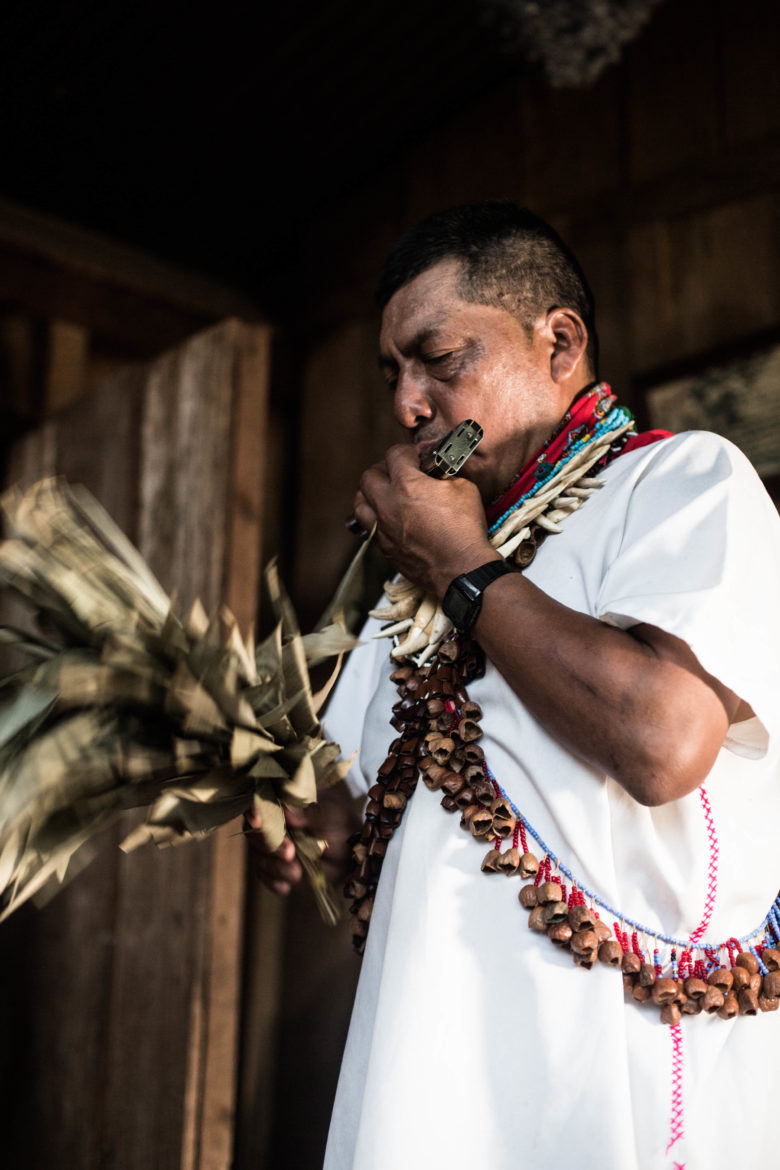
Inga traditional healers guided the way for the declaration of Nukanchipa Alpa Indiwasi. (Photo: Juan Gabriel Soler) 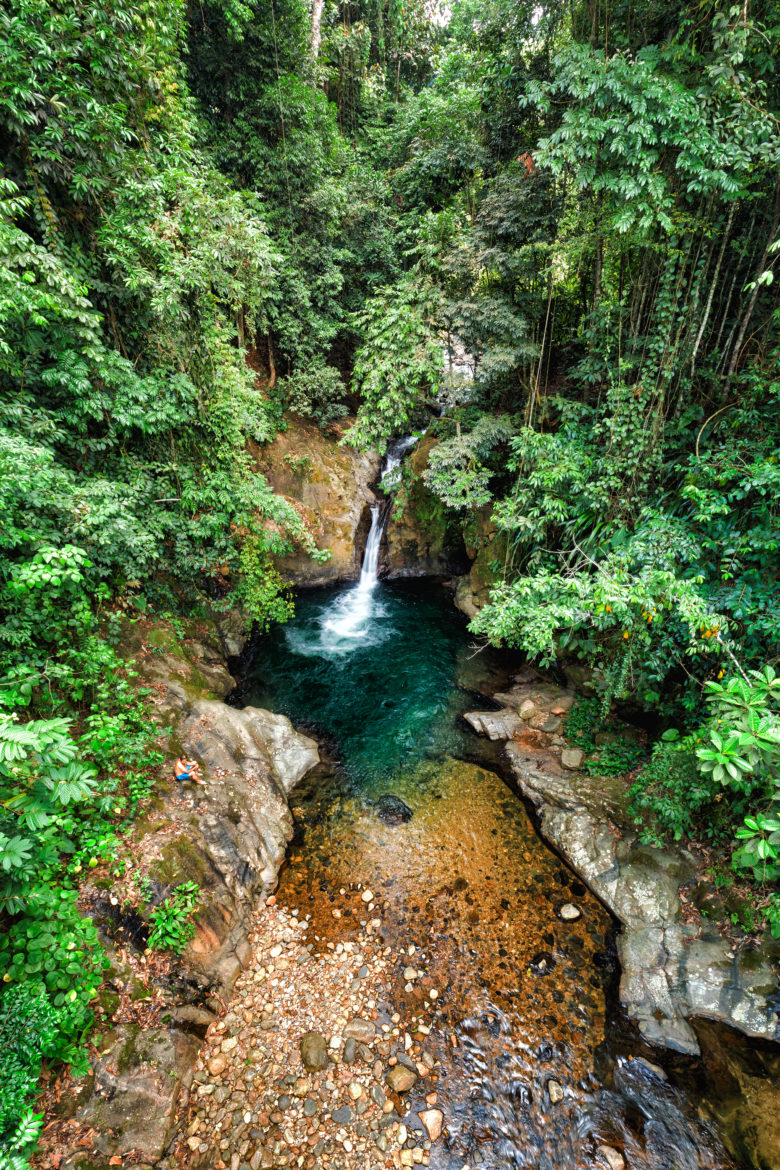
The natural wealth of Nukanchipa Alpa Indi Wasi (Photo: Pablo Velázquez) 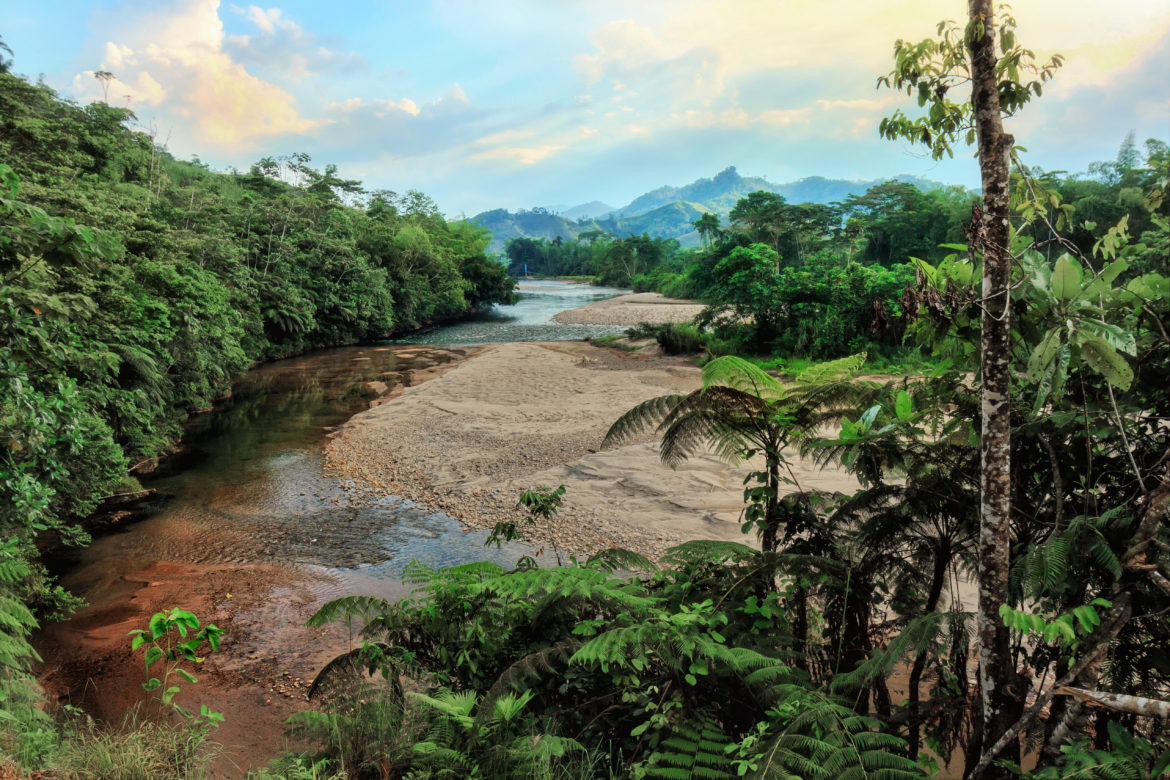
Nukanchipa Alpa Indiwasi is the land of the Ingas, the “house of the sun”. (Photo: Pablo Velázquez) 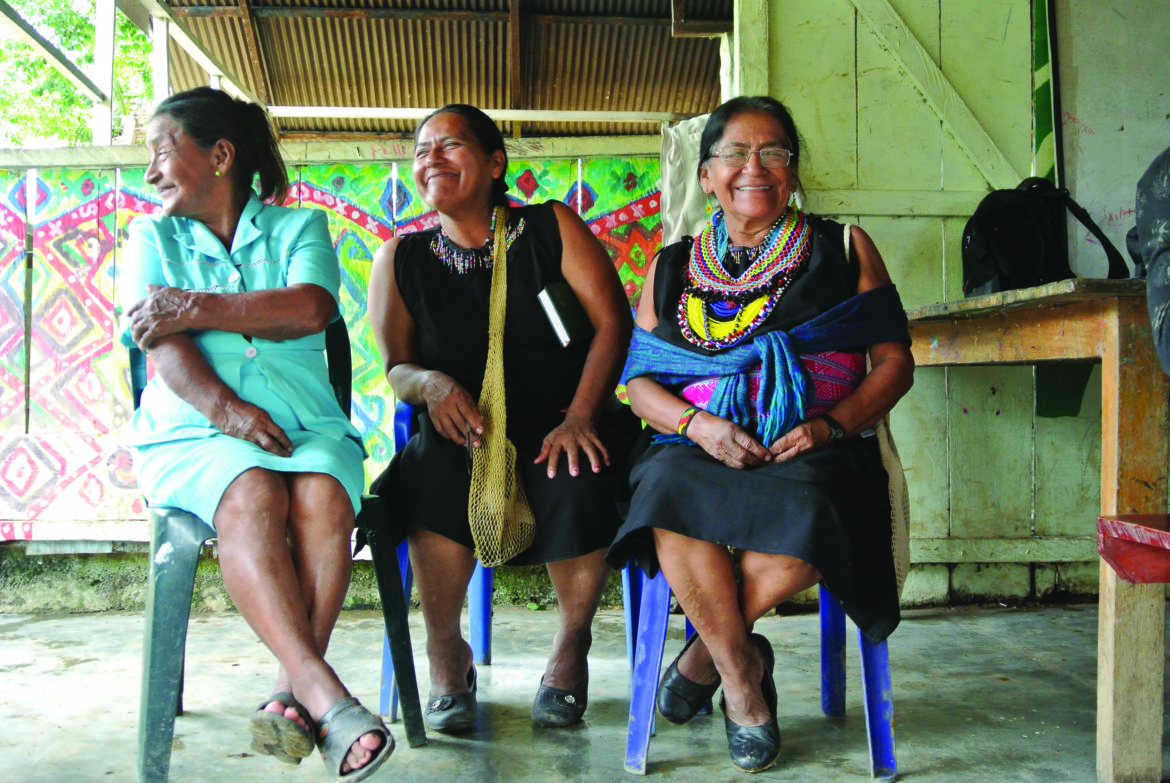
Inga female knowledge-keepers who led the way for the declaration of Nukanchipa Alpa Indiwasi. 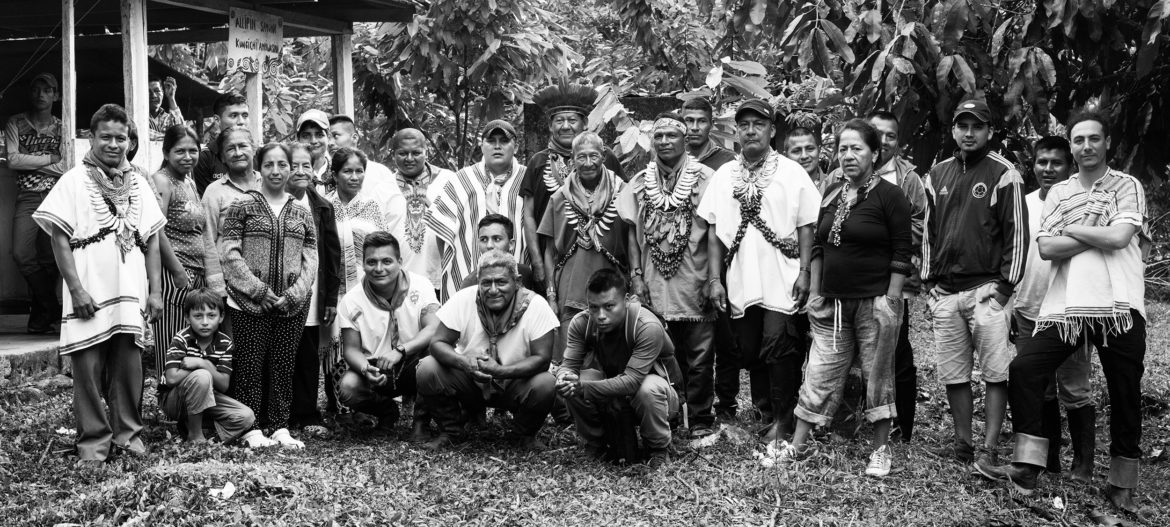
Members of the Inga Tandachiridu Inganokuna indigenous association with traditional healers from the Andes-Amazon transition region. 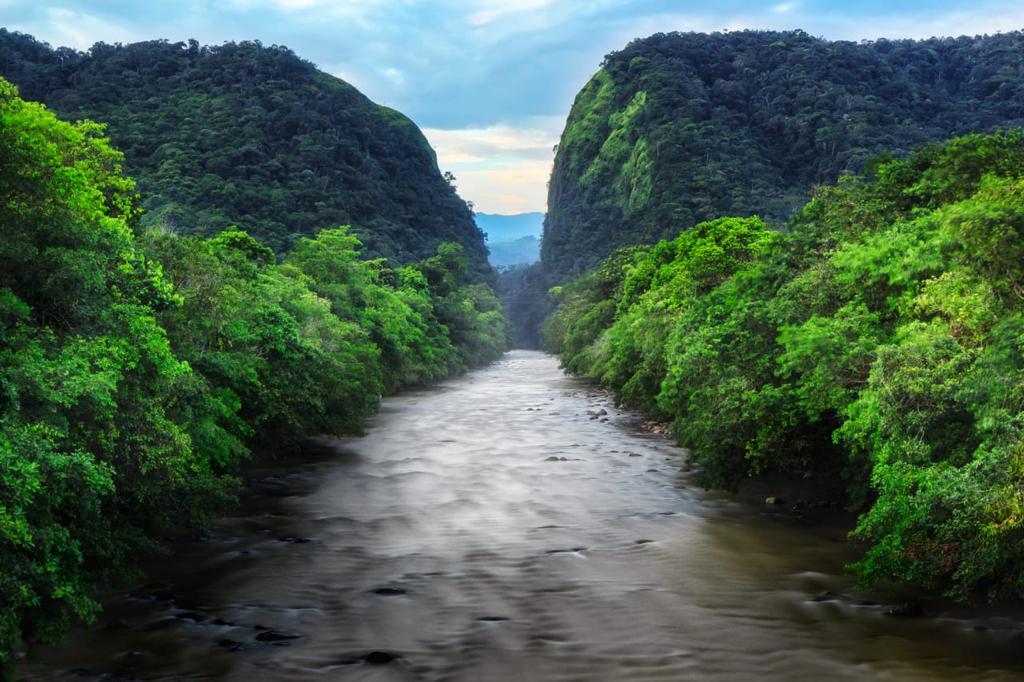
The Fragua River and other rivers that originate in the Alto Fragua Indi Wasi National Park are part of the enormous hydrographic basin of the Amazon.
Share this post
Bring awareness to our projects and mission by sharing this post with your friends.


